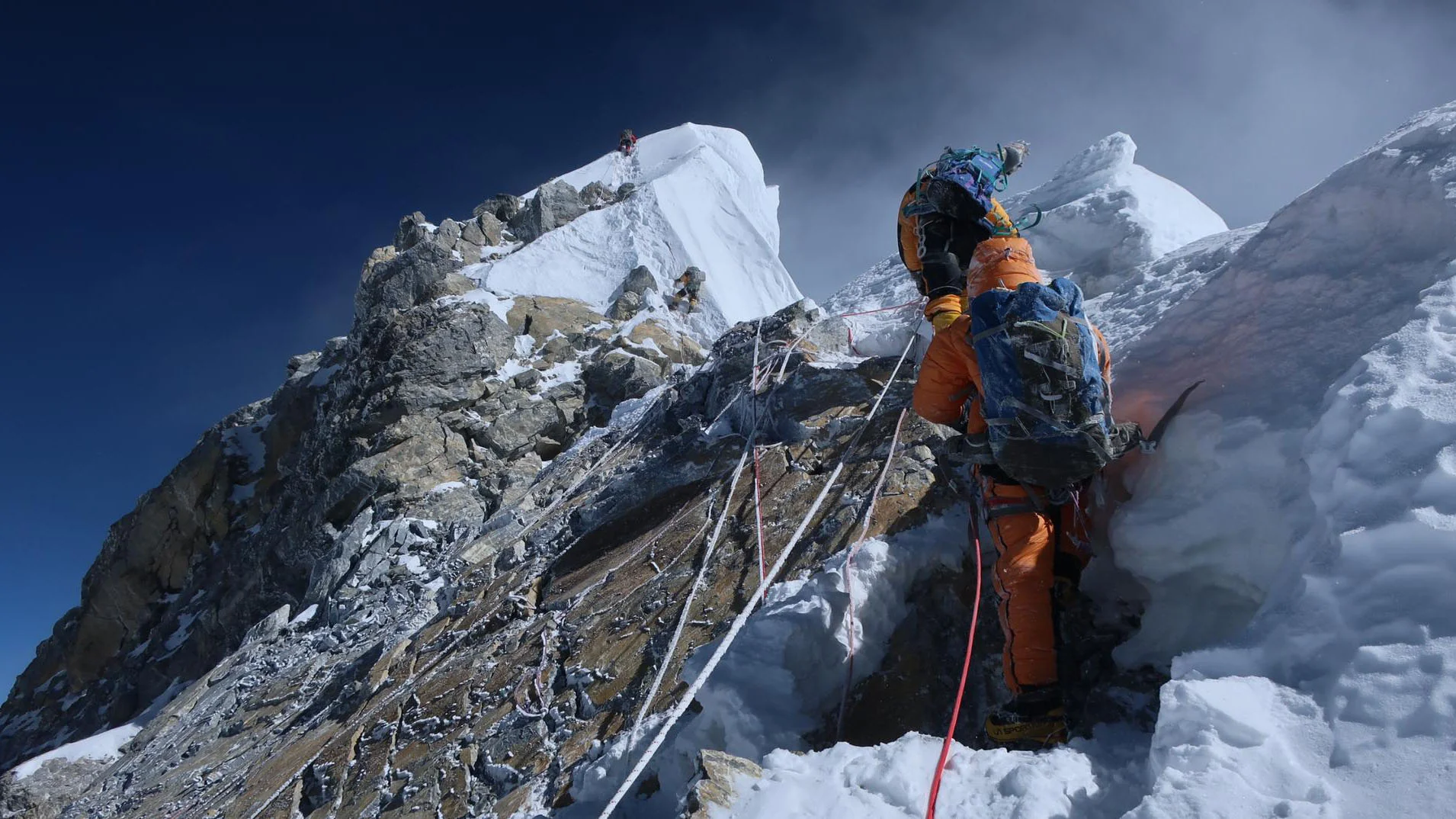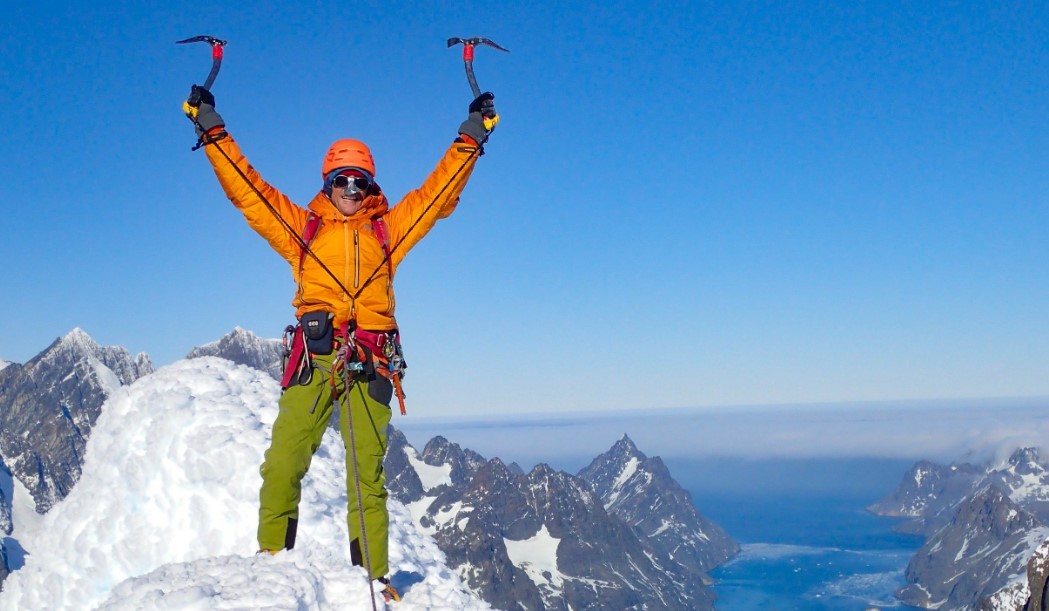
Taking on Everest is no small feat. It’s a journey that demands not just physical strength but also mental grit, commitment, and the right gear.
As someone who’s either thinking about attempting this iconic climb or simply fascinated by the tales from the tallest point on earth, there are a few essential things to consider.
Let’s talk fitness routines, gear essentials, and the all-important mental preparation to give yourself the best shot at success.
Building Physical Strength and Endurance

Elevating Cardio and Stamina
Everest Expedition isn’t a sprint; it’s the longest, most demanding marathon you’ll ever face. Cardio becomes your best friend here. When I began training, I realized that my lungs needed a workout as intense as my legs.
High-intensity interval training (HIIT) was a game-changer, helping to push my oxygen intake and stamina. Incorporating:
- Running ─ Add long runs and sprints to improve lung capacity.
- Cycling ─ Builds leg strength while enhancing cardiovascular endurance.
- Swimming ─ Fantastic for both cardio and stamina, plus it’s gentle on the joints.
Strengthening Core and Legs
The power to withstand Everest’s harsh demands comes from a solid foundation. Your legs and core, in particular, need to be up to the task. Some exercises to consider:
- Weighted squats and lunges ─ Simulate the stress your legs will face on the incline.
- Deadlifts and step-ups ─ Boost strength in both your legs and lower back.
- Core workouts ─ Planks, Russian twists, and leg raises help stabilize your body, which is crucial when carrying a heavy pack across rocky terrain.
Practicing High-Altitude Training
Training for high altitudes, even when you’re far from Everest, is crucial. A couple of ways to tackle this include:
- Hypoxic training masks ─ Mimics reduced oxygen intake, training your lungs to adjust.
- Altitude chambers ─ If accessible, these simulate high-altitude environments, preparing your body to handle the thinner air you’ll encounter.
Choosing the Right Gear

Everest requires more than your average backpacking setup. Every piece of equipment can impact your survival and success. Let’s go over some key categories.
Essential Clothing Layers
Layering becomes an art form in extreme environments. Choosing the right fabric and fit is just as crucial as bringing the right quantity. Here’s a breakdown:
- Base layer ─ Look for moisture-wicking materials to keep you dry.
- Insulating layer ─ Think down jackets and fleece. These keep warmth in and cold out.
- Outer layer ─ Windproof, waterproof shells are essential for keeping out snow, wind, and rain.
- Extremity protection ─ Durable gloves, thick socks, and a windproof balaclava or face mask are non-negotiable. Numb fingers or toes can end an expedition quickly.
Footwear Matters
For Everest, your boots might be the most critical part of your gear. Opt for mountaineering boots designed for extreme cold, with good insulation and room to layer socks.
A good fit will help prevent blisters and frostbite, both of which can derail a climb.
Climbing Equipment
It can be tempting to cut corners, but reliable gear can be the difference between a successful ascent and a dangerous situation. Some essentials include:
- Ice axe ─ Used for stability and self-arrest on icy slopes.
- Crampons ─ Essential for gripping the icy, rocky terrain.
- Climbing harness ─ Keeps you safe during tricky sections and ascents.
- Ropes and carabiners ─ For safe navigation across crevices and vertical sections.
Food and Hydration Systems
High-energy foods are crucial for fueling long days of climbing. My go-tos include:
- Freeze-dried meals ─ Lightweight, easy to prepare, and packed with calories.
- High-calorie bars ─ For quick, portable energy.
- Hydration packs ─ Staying hydrated is a huge challenge at high altitudes, so carrying a hydration system that’s easy to sip from, even in freezing temperatures, can make a big difference.
Cultivating Mental Strength

The mountain tests you physically, but Everest’s true challenge is mental. I can’t overstate how much mental resilience matters when you’re fighting exhaustion, fear, and harsh conditions.
Preparing for Loneliness and Isolation
Everest is a lonely place. Days feel longer, and sometimes, you’re alone with your thoughts, your fear, and your exhaustion. Practicing isolation through solo hikes or extended trips can help prepare you mentally.
Learning to be your own source of motivation is crucial when you’re in those grueling, solitary hours.
Handling the Fear of the Unknown
Everest is unpredictable. The weather changes rapidly, and the altitude affects people in ways that are hard to predict.
One of the best ways to handle fear is through visualization. Picturing yourself navigating difficult situations builds a mental map, so when you’re in the thick of it, your mind is prepared.
- Mindfulness techniques ─ Meditation and breathing exercises can calm you in moments of panic.
- Mental imagery ─ Visualize both best-case and worst-case scenarios to mentally “rehearse” responses.
Building a Supportive Team
The journey to Everest’s peak is intensely personal, but a solid team is essential. You rely on each other for encouragement, safety, and sometimes survival.
Get to know your fellow climbers, learn each other’s strengths and weaknesses, and be ready to lend a hand. The bond you form with your team can become a source of strength in the toughest moments.
Training for Altitude Sickness

Altitude sickness is a risk that even the fittest climbers face. Recognizing symptoms early is essential, so be on the lookout for signs like headaches, dizziness, and nausea. To prepare, try short treks at high altitudes to help acclimate your body.
Talk to your doctor about medications that can help with acclimatization. Sometimes, all it takes is a day or two of rest to let your body adjust. Other times, you might need to descend to regain strength.
Creating a Flexible Game Plan
No two Everest journeys are the same. The weather, your physical state, and unexpected setbacks require flexibility. A few tips to remember:
- Listen to your body ─ There’s a difference between pushing limits and ignoring danger signs.
- Adjust to conditions ─ Weather can change your itinerary at a moment’s notice. Adapt, and don’t get stuck on one plan.
- Pace yourself ─ Rushing can lead to exhaustion, injury, or poor acclimatization. Slow and steady wins the race on Everest.
Celebrating Small Wins
Reaching Everest is a series of smaller achievements that culminate in a summit. Each milestone, from completing a difficult ascent to simply enduring another frigid night, deserves acknowledgment. Celebrating these moments fuels motivation, builds mental stamina, and reminds you of your progress even on the toughest days.
Life After Everest

The mountain doesn’t leave you the same. The lessons you learn—about yourself, your limits, and your resilience—stay with you long after you’ve descended.
Some climbers find they’re forever changed by Everest, while others simply treasure the experience and what it taught them.
Either way, remember that the climb is just part of the story; the real journey is the transformation that happens within.
Summary
Climbing Everest isn’t just an adventure; it’s a life-altering experience that requires physical strength, mental fortitude, and meticulous preparation.
Whether you’re a mountaineering veteran or just dreaming of high peaks, preparing for Everest teaches lessons about determination, teamwork, and resilience that apply far beyond the mountain.
Prepare well, trust your training, and embrace the journey—because the climb is only half the story.












